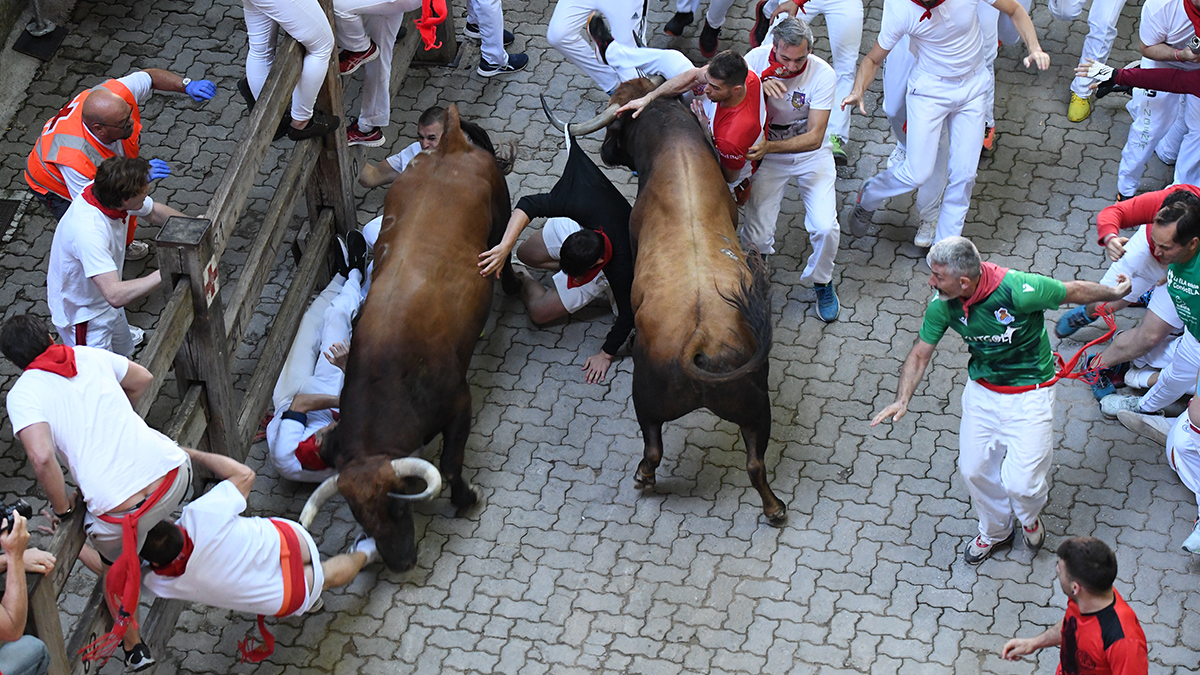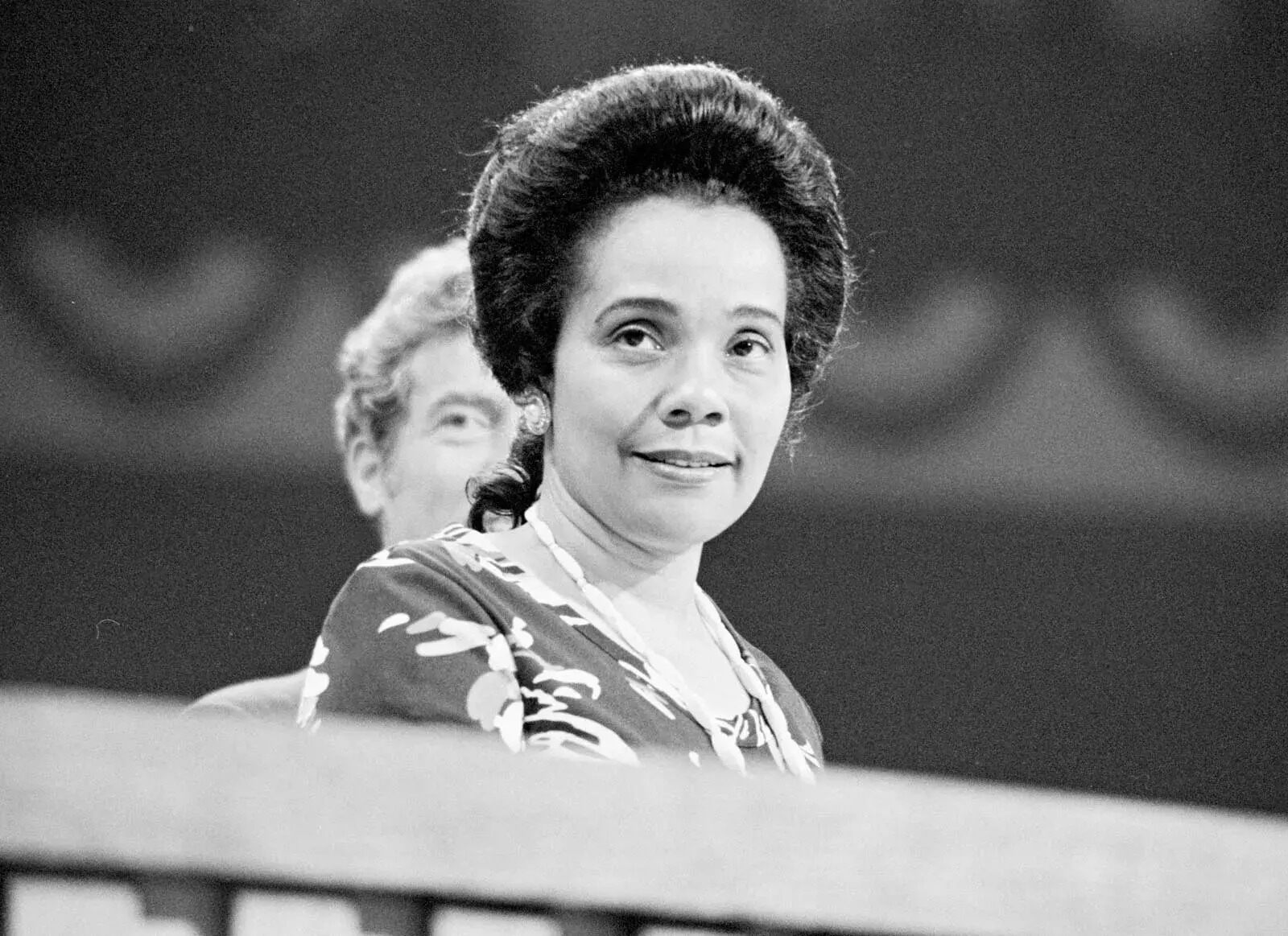
The Running of the Bulls is a thrilling and iconic event that takes place each year in Pamplona, Spain. This exciting tradition has gained international fame, attracting thousands of participants and spectators from all over the world. During the San Fermin festival, which lasts for nine days in July, daring individuals test their courage by running alongside a stampede of bulls through the narrow streets of the city.
But there’s much more to the Running of the Bulls than just adrenaline-fueled chases. In this article, we will delve deeper into this timeless event and uncover 18 fascinating facts that you may not be aware of. So, whether you’re a fervent fan of the running or simply curious about this thrilling spectacle, sit back and prepare to be amazed!
Key Takeaways:
- The Running of the Bulls is a thrilling and historic event that originated in Spain, attracting participants from around the world to test their courage and experience the adrenaline rush of running alongside massive bulls.
- Despite controversy, the Running of the Bulls has become a global phenomenon, inspiring similar events in other countries. It symbolizes strength, courage, and the endurance of the human spirit in the face of adversity.
The Origins of the Running of the Bulls
The Running of the Bulls, known as “Encierro” in Spanish, is a centuries-old tradition that originated in the city of Pamplona, Spain. It is most famously associated with the San Fermín Festival held annually from July 6th to 14th.
The Role of Ernest Hemingway
Renowned writer Ernest Hemingway popularized the Running of the Bulls through his novel “The Sun Also Rises.” His vivid descriptions of the festival captured the imagination of readers worldwide, making it an iconic event.
Participants and Excitement
Thousands of thrill-seekers from around the globe gather each year to participate in the Running of the Bulls. They come to experience the adrenaline rush of running alongside six massive bulls through the narrow streets of Pamplona.
The Bull Run Tradition
The Bull Run begins at 8 a.m. every morning during the festival. Participants gather in front of the Santo Domingo corral, waiting for the rocket to signal the release of the bulls. They then sprint through a designated route, leading the bulls to the bullring.
The Length of the Bull Run
The Bull Run covers a distance of approximately 875 meters (0.54 miles) from the corral to the bullring. The entire event lasts for about two to three minutes, but those few moments are packed with exhilaration and danger.
Newcomers and Experienced Runners
Both newcomers and experienced runners take part in the Running of the Bulls. First-timers are nicknamed “mozos” and receive advice and guidance from experienced runners to navigate the route safely.
The Bulls’ Origins
The bulls used in the run come from a selection of breeding ranches in Spain. They undergo strict testing to ensure their agility, strength, and willingness to charge. Only the strongest and most aggressive bulls are chosen.
Gender of the Bulls
Contrary to popular belief, not all the bulls used in the run are male. Female bulls known as “vacas” are also used, but they are generally smaller and less dangerous than their male counterparts.
Safety Measures for Runners
To ensure the safety of participants, barricades are set up along the route, and medical personnel are stationed nearby. However, injuries can still happen, and runners must take precautions to avoid being trampled or gored by the bulls.
The Role of the “Pastores”
The “pastores” are shepherds who accompany the bulls during the run. They guide the bulls along the route and help keep them together. Their expertise is crucial in maintaining order and minimizing chaos during the event.
Historical Records of Injuries
Throughout the history of the Running of the Bulls, numerous injuries have occurred. It is estimated that hundreds of people are injured annually, with injuries ranging from minor scrapes and bruises to more serious encounters with the bulls.
The Bulls’ Destination
At the end of the run, the bulls are herded into the bullring, where they will later face matadors in bullfights. The bullfights are another integral part of the San Fermín Festival, showcasing the bravery and skills of the matadors.
International Recognition
The Running of the Bulls has gained global recognition and has inspired similar events in various countries. Cities like Portugal’s Vila Franca de Xira and Mexico’s Tultepec have adopted their version of the bull run, attracting locals and tourists alike.
A Test of Courage
The Running of the Bulls is not just a physical challenge; it is also a test of courage and bravery. Participants face the immense power of the charging bulls and must confront their own fears to participate in this exhilarating event.
Controversy Surrounding the Event
Over the years, there has been ongoing debate and controversy surrounding the ethics of the Running of the Bulls. Animal rights activists argue that it is cruel and unnecessary, while supporters argue for the preservation of cultural traditions.
The Running of the Bulls Worldwide
The Running of the Bulls has become a global phenomenon, with events inspired by the original taking place in countries like the United States, Canada, and even Australia. These events allow participants to experience the thrill of the bull run in a safer and more controlled setting.
The Symbolic Meaning
In addition to its excitement and danger, the Running of the Bulls holds symbolic meaning for the people of Pamplona and Spain as a whole. It represents strength, courage, and the endurance of human spirit in the face of adversity.
The San Fermín Festival’s Cultural Impact
The San Fermín Festival and the Running of the Bulls have become deeply ingrained in Spanish culture, attracting millions of visitors each year. The festival is a celebration of tradition, vitality, and the unique spirit of the people of Pamplona.
So, if you’re seeking an adventure filled with adrenaline, tradition, and a test of bravery, the Running of the Bulls is an event that should be on your bucket list. Experience the thrill, the anticipation, and the centuries-old legacy that makes this event one of the most iconic in the world.
Conclusion
In conclusion, the Running of the Bulls is a thrilling and historic event that attracts a multitude of participants and spectators from around the world. From its origins in Spain to its international popularity, this adrenaline-pumping tradition has become a symbol of excitement and adventure. The combination of athleticism, tradition, and daredevilry makes the Running of the Bulls a truly unique event that continues to captivate people’s imaginations. Whether you’re an avid runner or just a curious observer, experiencing the Running of the Bulls is an unforgettable experience that will leave you in awe.
FAQs
Q: What is the history of the Running of the Bulls?
A: The Running of the Bulls dates back to the 14th century and was originally part of the San Fermín festival in Pamplona, Spain. It started as a way of transporting the bulls from their corrals to the bullring, but eventually, participants began to run in front of the bulls to prove their bravery.
Q: How long is the Running of the Bulls?
A: The actual running lasts for just a few minutes, but the festivities surrounding the event span nine days. The Running of the Bulls takes place every morning from July 7th to July 14th.
Q: Is the Running of the Bulls dangerous?
A: Yes, the Running of the Bulls is considered a dangerous activity. Participants are at risk of being trampled or gored by the bulls. It is advised to take necessary precautions and follow the instructions provided by the event organizers.
Q: Can anyone participate in the Running of the Bulls?
A: Technically, anyone can participate in the Running of the Bulls, but it requires physical fitness and a certain level of bravery. It is recommended to be in good shape and have experience with running in crowded and chaotic situations.
Q: Are there any rules for participating in the Running of the Bulls?
A: Yes, there are rules in place to ensure the safety of participants. It is prohibited to touch the bulls or interfere with their movement. Alcohol consumption before or during the run is also strongly discouraged. Following these rules is crucial for both the safety of participants and the welfare of the animals.
If you're captivated by the thrilling tradition of the Running of the Bulls, there's even more to explore! Delve deeper into this exhilarating event with 19 additional facts that will leave you breathless. For a comprehensive understanding of the festival's origins and significance, immerse yourself in the 11 essential facts about the San Fermín Festival. Ready to take your knowledge to the next level? Uncover a treasure trove of information with our extensive collection of 47 fascinating facts about Pamplona, the city that plays host to this unforgettable celebration of bravery and cultural heritage.
Was this page helpful?
Our commitment to delivering trustworthy and engaging content is at the heart of what we do. Each fact on our site is contributed by real users like you, bringing a wealth of diverse insights and information. To ensure the highest standards of accuracy and reliability, our dedicated editors meticulously review each submission. This process guarantees that the facts we share are not only fascinating but also credible. Trust in our commitment to quality and authenticity as you explore and learn with us.


